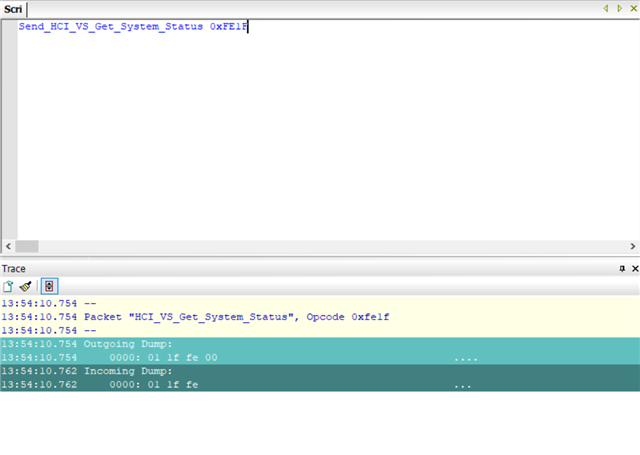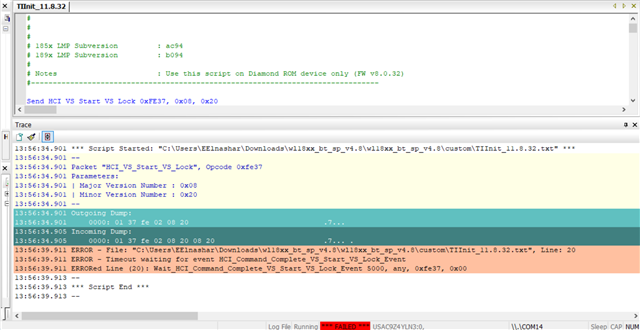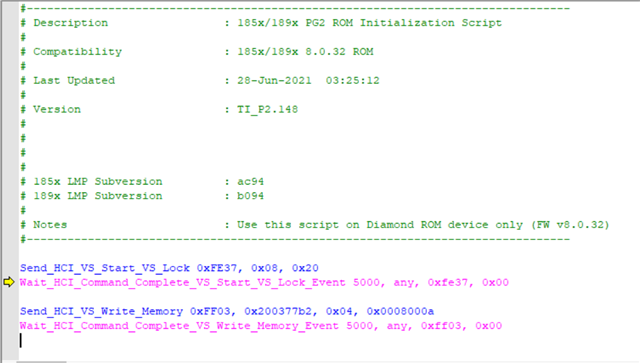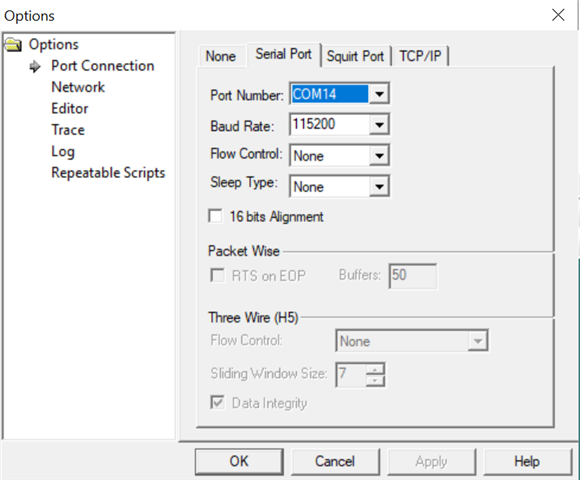Other Parts Discussed in Thread: WL1837
Background:
- I'm trying to setup HCITester for Bluetooth regulatory testing, but run into a timeout error immediately after I execute the BTS file.
- I already edited the BTS code as instructed in the HCI user guide: "Replace the “0x00” value in the “Number of HCI Commands” parameter to “any”.
- I'm currently running an embedded Linux platform, and I transferred the BTS file (TIInit_11.8.32.bts) to /lib/firmware on my device as instructed.
- The device is connected via serial port.
Some questions:
- Do I need to edit the BTS file on the device to match that used in HCITester?
- Do I need to add any other files on my device, or edit any other configurations to have this file run?
- Any ideas on how to fix the error I'm running into?
- Are there any other tools other than HCITester that I can use to control bluetooth for regulatory testing, or any terminal commands?






